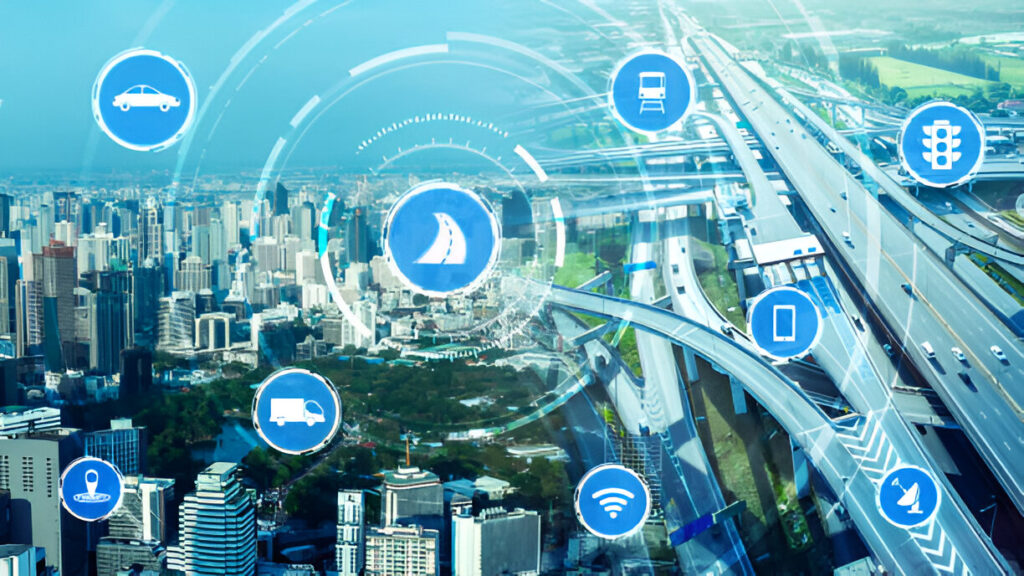As cities grow and populations increase, the need for sustainable urban mobility becomes more urgent. Urban mobility refers to the movement of people and goods within a city, and it plays a crucial role in shaping the quality of life. In this article, we’ll explore the key strategies that can make urban transportation more sustainable, efficient, and accessible.
What Is Sustainable Urban Mobility?
Sustainable urban mobility involves using transportation methods that minimize environmental impact, reduce traffic congestion, and promote inclusivity. It is about creating a transportation system that is clean, safe, and efficient while also meeting the needs of urban populations. Sustainable mobility reduces reliance on private cars and encourages more eco-friendly, healthier, and cost-effective alternatives.
The Key Strategies for Achieving Sustainable Urban Mobility
- Promoting Public Transportation
Public transportation, such as buses, trains, and trams, is one of the most effective ways to reduce the number of cars on the road. When cities invest in reliable, affordable, and frequent public transit systems, more people will choose them over personal vehicles.
- Benefits: Public transit reduces traffic congestion, lowers pollution levels, and decreases fuel consumption. It’s also more affordable for individuals compared to owning and maintaining a car.
- Improvement Areas: Cities need to focus on expanding networks, reducing wait times, and improving the accessibility of public transit for people with disabilities.
2. Biking and Walking Infrastructure
Encouraging walking and cycling can significantly reduce the environmental footprint of urban transportation. Dedicated bike lanes, pedestrian-friendly roads, and well-designed walkways can make cities safer and more enjoyable to navigate on foot or by bike.
- Benefits: Cycling and walking are zero-emission forms of transport that improve health by encouraging physical activity. They also help reduce noise pollution and provide a more enjoyable way to experience the city.
- Improvement Areas: Many cities lack adequate infrastructure for cyclists and pedestrians. Expanding bike lanes and pedestrian zones would make these options safer and more attractive.
3. Electric Vehicles (EVs)
Electric vehicles are rapidly gaining popularity as an alternative to traditional gasoline-powered cars. EVs produce fewer emissions, reduce air pollution, and are cheaper to maintain. As more people switch to electric cars, cities will see a significant reduction in harmful emissions.
- Benefits: EVs reduce reliance on fossil fuels, contribute to cleaner air, and have lower operational costs. They also promote energy efficiency and contribute to a city’s green goals.
- Improvement Areas: To make electric vehicles more accessible, cities need to invest in charging infrastructure and offer incentives for people to make the switch.
4. Shared Mobility Solutions
Shared mobility options, like carpooling, bike-sharing, and ride-hailing services, can significantly reduce the number of vehicles on the road. These options are especially useful for people who need occasional access to a car but do not want the burden of ownership.
- Benefits: Shared mobility reduces traffic congestion, lowers emissions, and makes transportation more affordable for people who don’t need a private vehicle on a daily basis.
- Improvement Areas: Effective shared mobility programs need to ensure convenience, availability, and affordability. By creating systems that work seamlessly together, cities can encourage more people to embrace shared options.
5. Smart Traffic Management
With advancements in technology, cities can now manage traffic more effectively. Smart traffic management systems use data and sensors to monitor traffic flow, adjust traffic lights, and reduce congestion.
- Benefits: By using data to optimize traffic patterns, cities can reduce delays, cut fuel consumption, and lower carbon emissions. These systems can also improve the safety of urban roadways.
- Improvement Areas: While smart traffic management is a step forward, it needs to be expanded to more cities and integrated with other transportation systems like public transit and ride-sharing.
6. Urban Planning and Zoning for Sustainability
Cities can create more sustainable transportation systems through smart urban planning. Designing neighborhoods that are more walkable, mixed-use, and well-connected to public transit can reduce the need for long car trips.
- Benefits: Sustainable urban planning makes it easier for people to access services and jobs without having to drive. It also encourages the development of more green spaces and promotes a higher quality of life.
- Improvement Areas: Cities need to prioritize sustainable zoning laws that encourage mixed-use developments and make walking or cycling the easiest way to get from one place to another.
Discover Innovative Approaches to Green Transportation
One of the biggest trends in sustainable urban mobility is green transport, which focuses on reducing the environmental impact of transportation systems. From electric buses to solar-powered bike stations, green transport solutions are becoming an integral part of sustainable urban planning.
Cities around the world are experimenting with new and innovative approaches to green Innovative transportation. For example, some cities have introduced electric buses that reduce pollution and are quieter than traditional diesel buses. Others are investing in solar-powered bike-sharing programs, which provide a convenient, eco-friendly option for short trips.
Moving Forward: The Future of Urban Mobility
As urban populations continue to grow, the need for sustainable urban mobility will become even more critical. Cities need to embrace new technologies and creative solutions that focus on environmental sustainability and efficiency. By focusing on improving public transportation, encouraging biking and walking, adopting electric vehicles, and utilizing smart technology, cities can create a more sustainable, livable future.
The future of urban mobility is green, and it’s up to all of us to support these changes. By choosing sustainable transportation options, advocating for better infrastructure, and investing in green transport technologies, we can help create cities that are cleaner, healthier, and more enjoyable for everyone.


